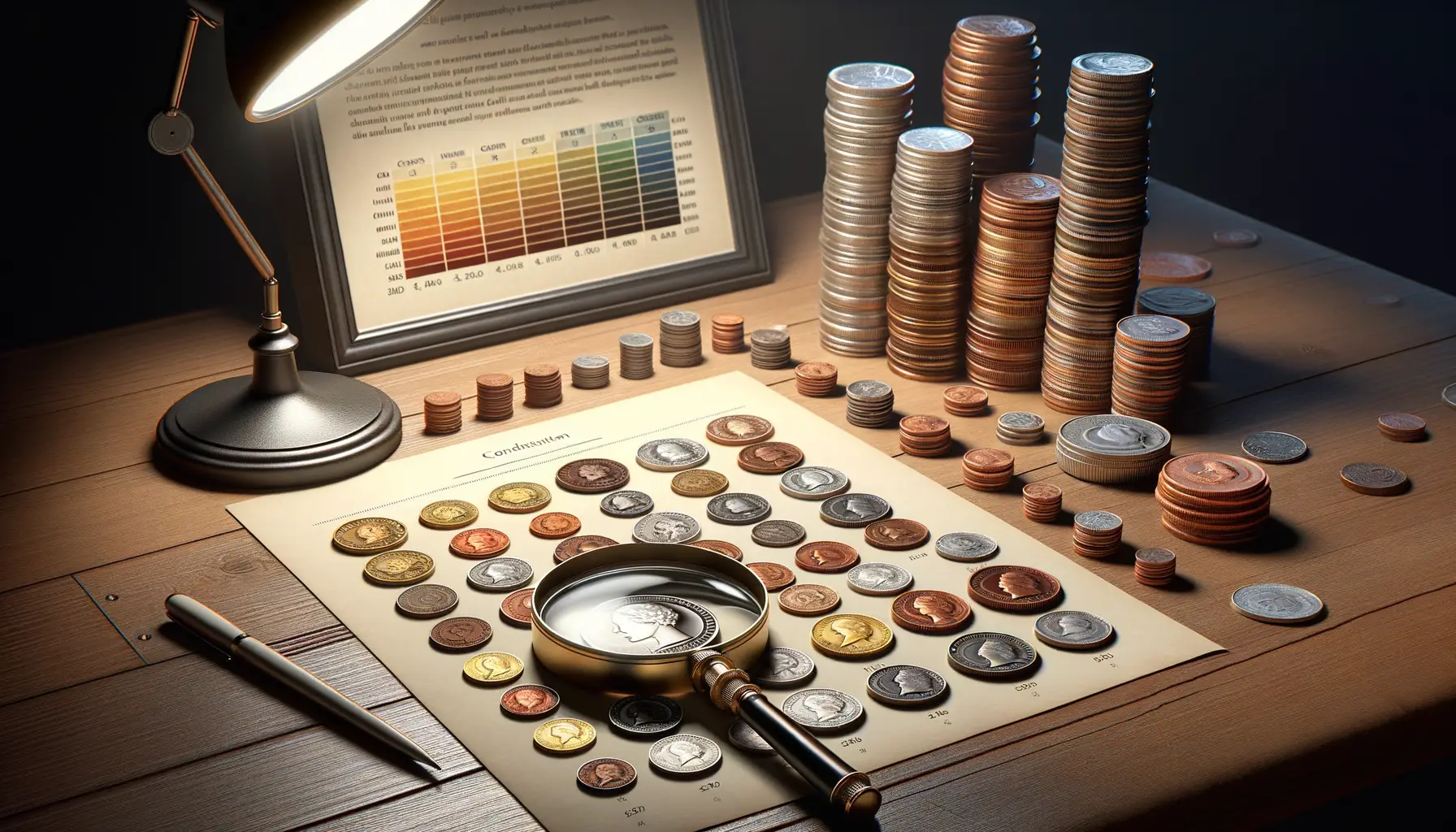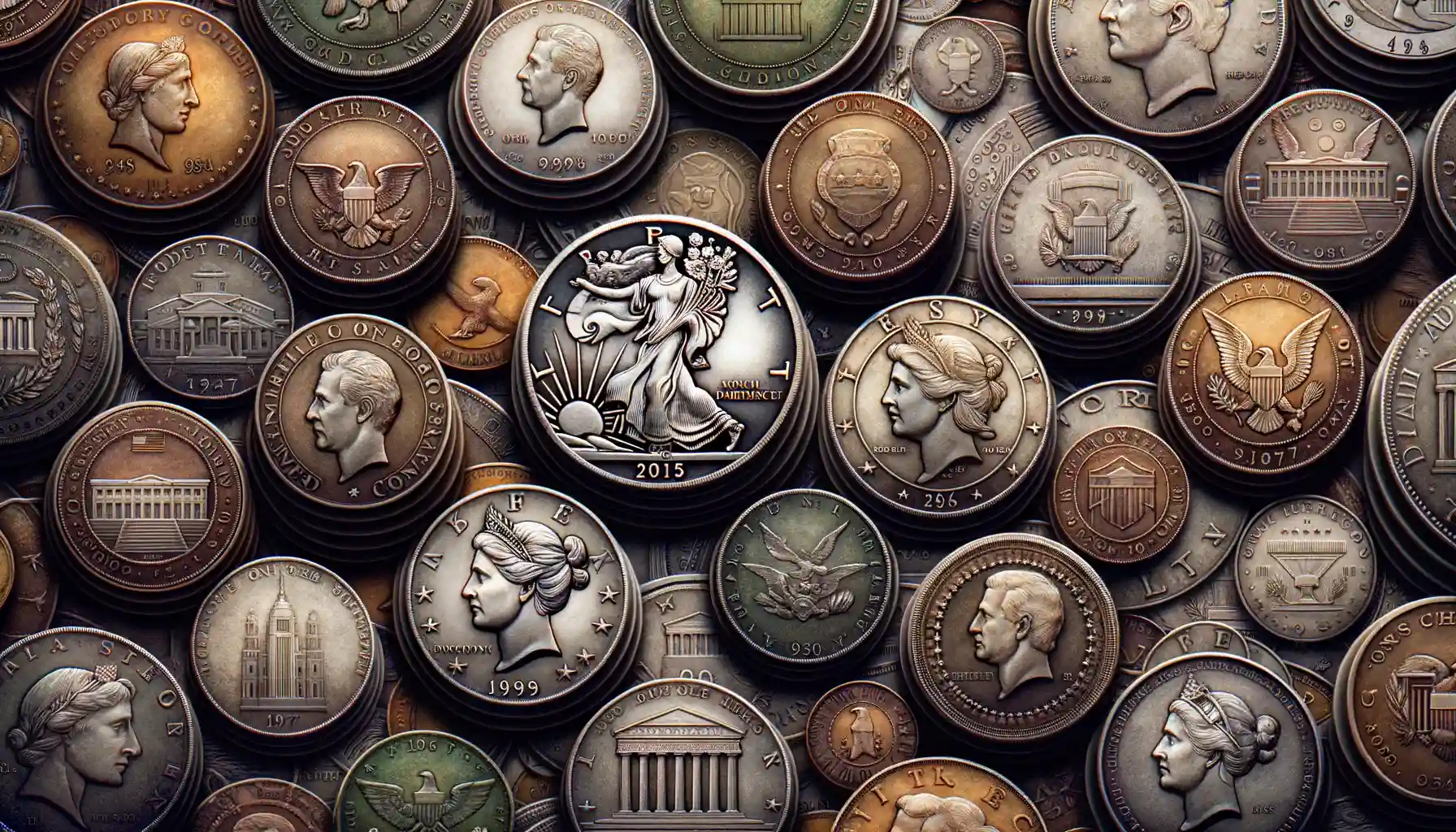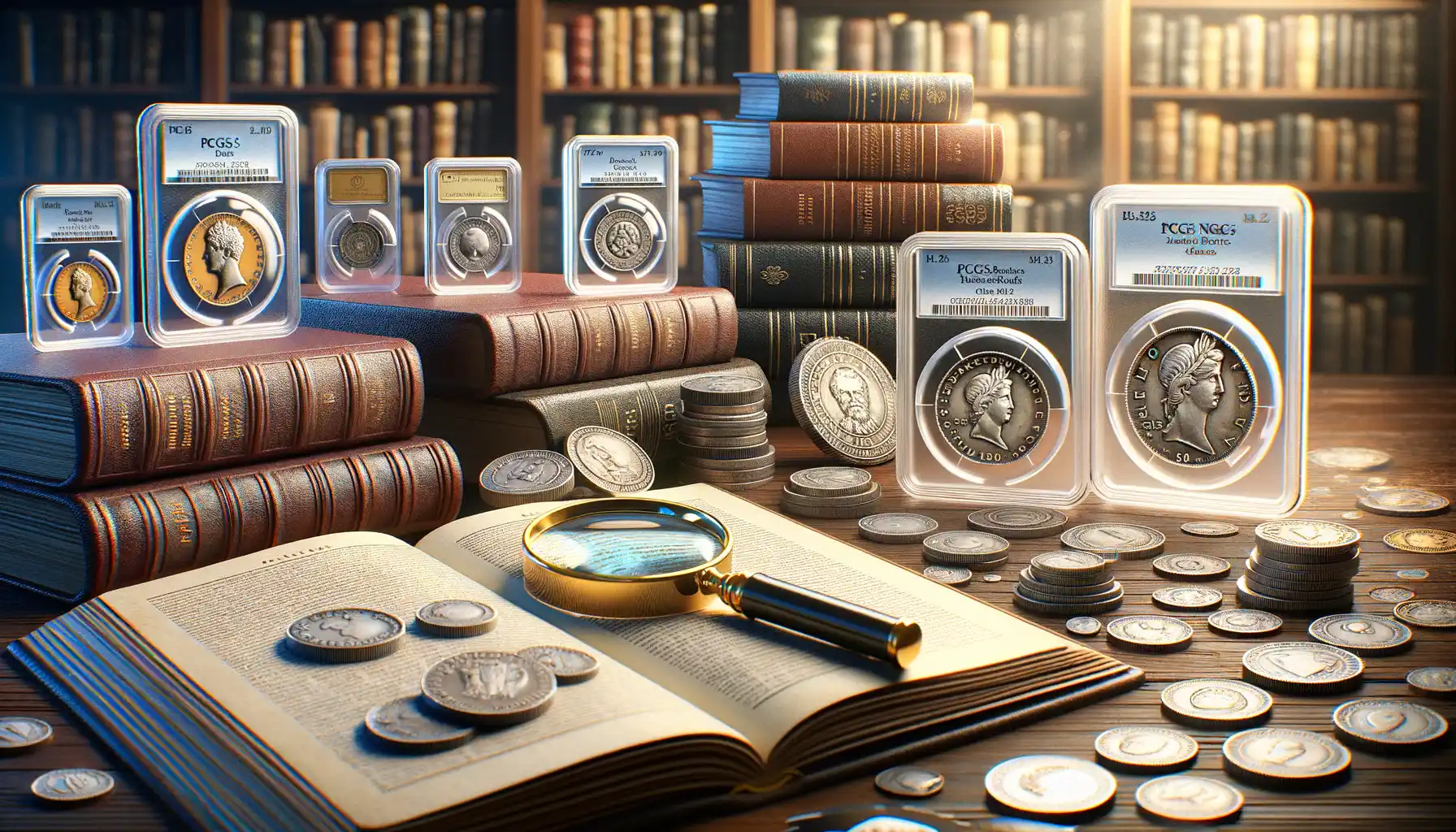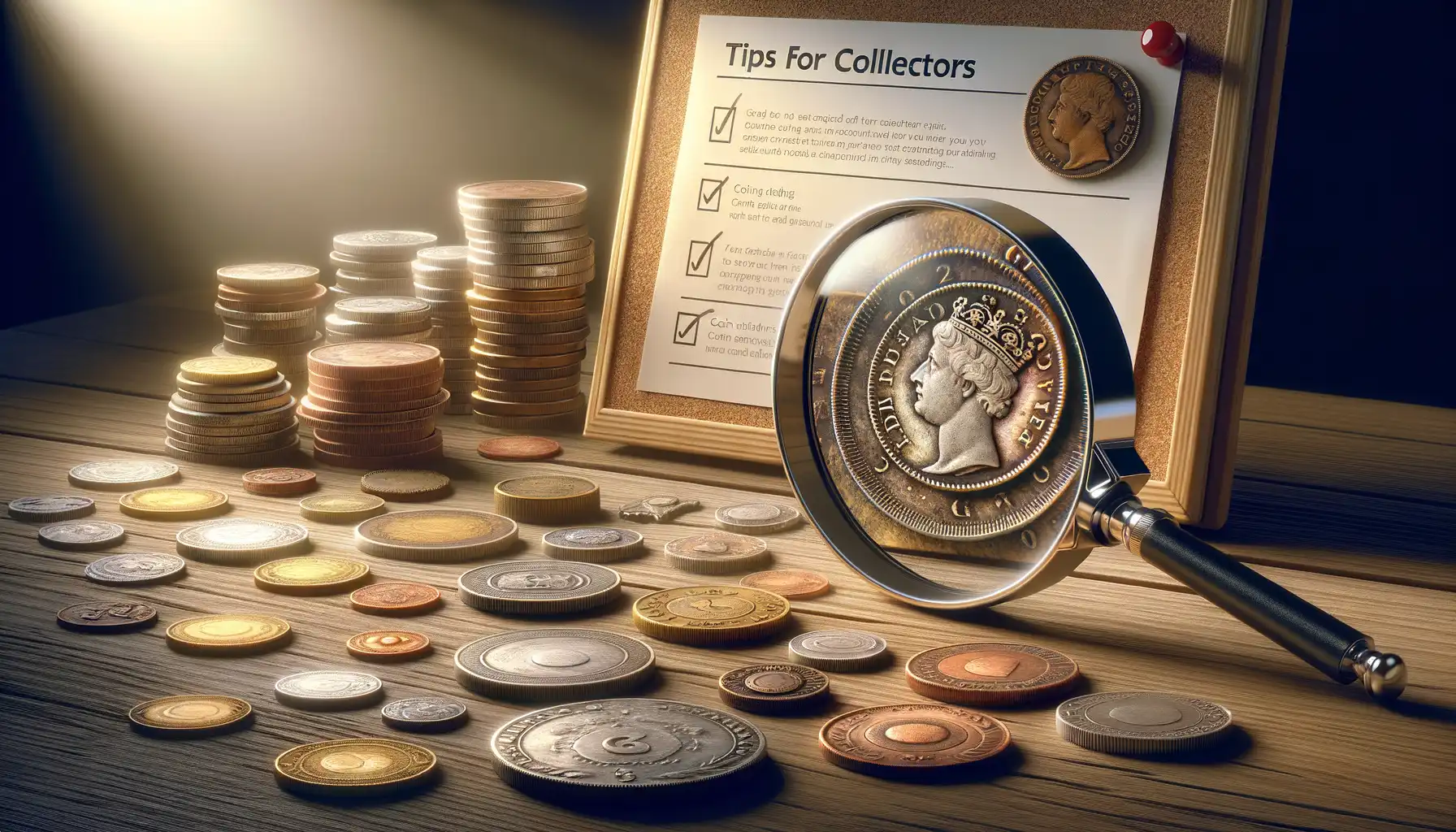The Importance of Coin Grading in the Collecting Community
Why Coin Grading Feels Like the Heartbeat of the Hobby
For collectors, coins are more than pieces of metal—they’re time travelers, storytellers, and treasures. But here’s where it gets tricky: not all coins are created (or preserved) equally. Enter coin grading, the secret handshake of the collecting world.
Imagine stumbling upon a rare coin at a flea market—it gleams faintly beneath years of grit. Without proper grading, how do you know if it’s a jackpot or just pocket change? That’s where the magic of grading comes in. It provides a universal language to describe a coin’s condition, rarity, and value.
Grading has become so integral that it’s almost the currency of trust in the community. A coin described as “MS-65” isn’t just shiny—it’s practically a VIP in mint state perfection. Collectors rely on these standards to ensure their investments aren’t a gamble.
- Authenticity: Grading helps confirm you’re not holding a counterfeit.
- Value: A professional grade can skyrocket a coin’s worth.
- Preservation: Knowing condition guides proper storage and handling.
Think of grading as rolling out a red carpet for your coins. It transforms them from “pretty nice” to “museum-worthy”—and isn’t that what every collector dreams of?
Key Components of the Coin Grading Process

What Happens During a Coin Grading?
Have you ever held a coin and wondered, “How can something so small hold so much history?” That’s exactly the beauty of it, but here’s the catch: not all coins are created—or preserved—equally. This is where the art and science of grading step in, turning a seemingly simple process into something almost magical.
Grading starts with a close examination. Experts meticulously analyze the coin’s surface under magnification, looking for wear, scratches, or those elusive minting imperfections that make collectors’ hearts race. The big three? **Condition**, **rarity**, and **eye appeal**.
But don’t be fooled into thinking it’s all about faults! A coin’s brilliance, lustrous shine, or striking design elements also play a role. Take an old 1909 Lincoln penny, for example. A dull one might be worth a sandwich; a flawless one could fund a vacation.
What Do Graders Really Look For?
Every coin passes through a rigorous checklist:
- Strike Quality: Is the design crisp? Or does it look like it spent years in a lint-filled pocket?
- Surface Preservation: Scratches, marks, or dents—nothing escapes scrutiny here.
- Luster: Does the coin still glow as if it were minted yesterday?
The result? A grade that speaks volumes about its story, value, and place in your collection.
Top Coin Grading Systems and Their Standards

How Different Coin Grading Systems Measure Up
When it comes to collecting coins, not all grading systems are created equal. Like choosing between Michelin-star restaurants, each system has its own “flavor,” designed to cater to the unique demands of collectors and enthusiasts. Let’s dive into the most prominent ones and their defining standards.
SHELDON SCALE (70-Point System): This heavyweight champion of coin grading was originally introduced in 1949 by Dr. William Sheldon. His goal? To bring consistency and precision to the chaos of evaluating coins. The Sheldon Scale grades coins from 1 (barely recognizable) to 70 (absolute perfection). A coin with a grade of MS-70 (Mint State) is like spotting a flawless diamond—rare and spectacular.
European Grading Standards: Across the Atlantic, coins often get rated under systems that emphasize broader categories like “Good,” “Very Fine,” or “Uncirculated.” It’s less about pinpoint decimals and more about the overall vibe of the piece. Think of it as describing the condition of an antique with charm and nostalgia.
- ANACS: The oldest U.S. grading service, trusted for its meticulous analysis and unique identification numbers.
- Numismatic Guaranty Company (NGC): Known for its airtight encapsulation and fanatical attention to detail.
With these systems in play, every collector finds a trusted measure to guide their treasure hunt.
The Role of Professional Coin Grading Services (PCGS and NGC)

Why Trust Matters: The Value of PCGS and NGC
When it comes to coin grading, trust is the golden standard – pun intended. That’s where PCGS (Professional Coin Grading Service) and NGC (Numismatic Guaranty Company) shine like polished silver. These two titans are globally recognized as the most reliable authorities in coin authentication and grading. But what makes them so indispensable in the world of numismatics?
For one, they’re not just grading your coin based on a casual glance. Oh no! They rely on a team of seasoned experts, state-of-the-art technology, and years of meticulous refinement to deliver precise evaluations. This means the grade you receive carries weight across auction houses, collector circles, and even global markets.
- Certified holders: Both PCGS and NGC encapsulate coins in tamper-proof, airtight slabs, protecting your treasure from damage and counterfeiting.
- Database access: Each graded coin is assigned a unique ID, which collectors can verify online for additional transparency and peace of mind.
Whether it’s a century-old gold eagle or a rare commemorative penny, these services ensure your coin’s story remains intact for generations.
The Power of Professional Opinion
Imagine this: You’ve stumbled upon a dusty old box in your attic and inside, a shimmering coin that may be worth a fortune. Before jumping to conclusions, having that coin graded by PCGS or NGC isn’t just smart – it’s essential. Their seal of approval transforms speculation into certainty, giving your coin legitimacy in the eyes of buyers, sellers, and fellow collectors alike.
Plus, let’s not overlook their role in preserving the joy of collecting itself. A professionally graded coin turns into more than just a relic – it becomes a piece of history with a verified identity. After all, in the world of coin collecting, a little expert backing goes a long way!
Tips for Collectors: How to Get Started with Coin Grading

Stepping Into the World of Coin Grading: Where to Begin
Ready to dive into the fascinating world of coin grading? It can feel a bit like deciphering a mysterious treasure map, but with some guidance, you’ll be navigating it like a pro in no time. The first thing to remember: every collector starts somewhere. Even the most seasoned numismatist once stared at their first coin, wondering where to even begin.
A great starting point is investing in a quality magnifier. A regular pocket magnifier or a jeweler’s loupe (10x magnification is ideal) will help you spot those tiny details that often tell the story of a coin’s condition. Look for scratches, luster wear, and other marks that distinguish a circulated coin from a pristine one.
- Study grading guides: Books like the Official ANA Grading Standards are invaluable. They’ll teach you the difference between “MS65” brilliance and an “AU50” almost-perfect grade.
- Practice on inexpensive coins: Don’t risk your prized possessions right away. Start with coins that won’t break your heart—or wallet—if something goes wrong.
Get to Know the Experts
If you’re serious about grading, it’s worth learning from the masters. Visit coin shows or join collector groups to watch professionals evaluate coins in real-time. The way they examine a coin under the light, tilting it just so—it’s almost artistic.
And don’t overlook the power of professional services like PCGS or NGC. Submitting your coins for certification might seem intimidating at first, but these organizations are the backbone of the coin grading world. They provide peace of mind (and credibility) when buying or selling rare finds.
Coin grading isn’t just a skill—it’s a blend of patience, curiosity, and passion. And boy, does it feel amazing when you open that slab and see your coin proudly labeled with its well-earned grade!